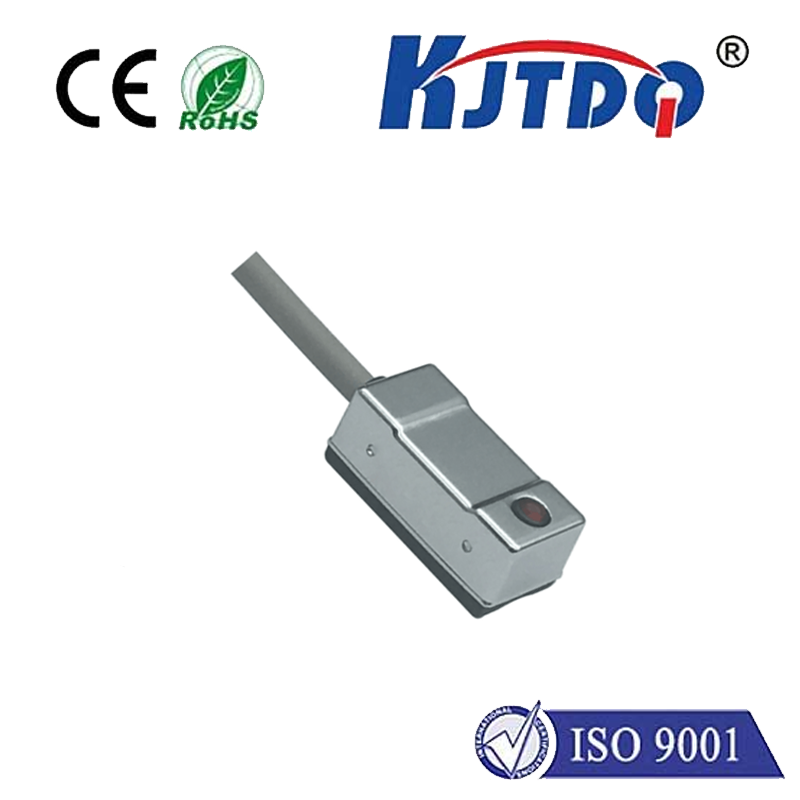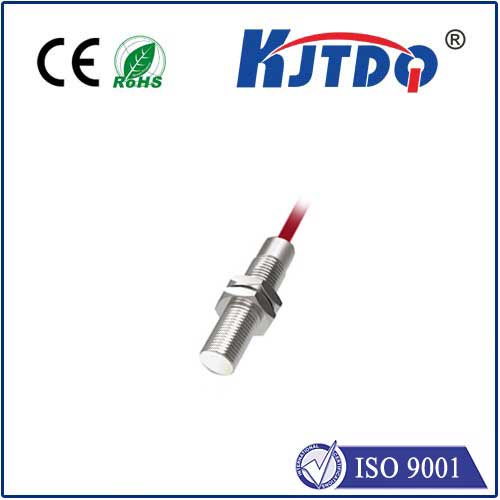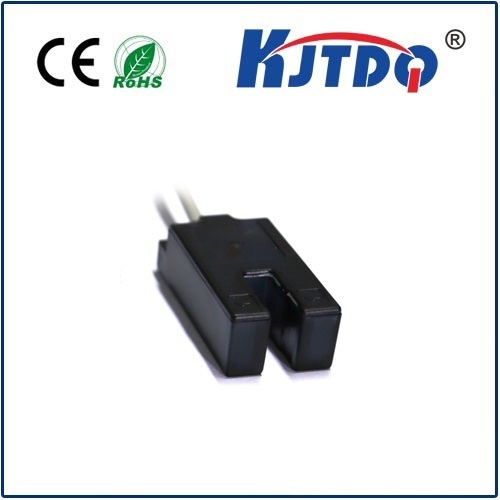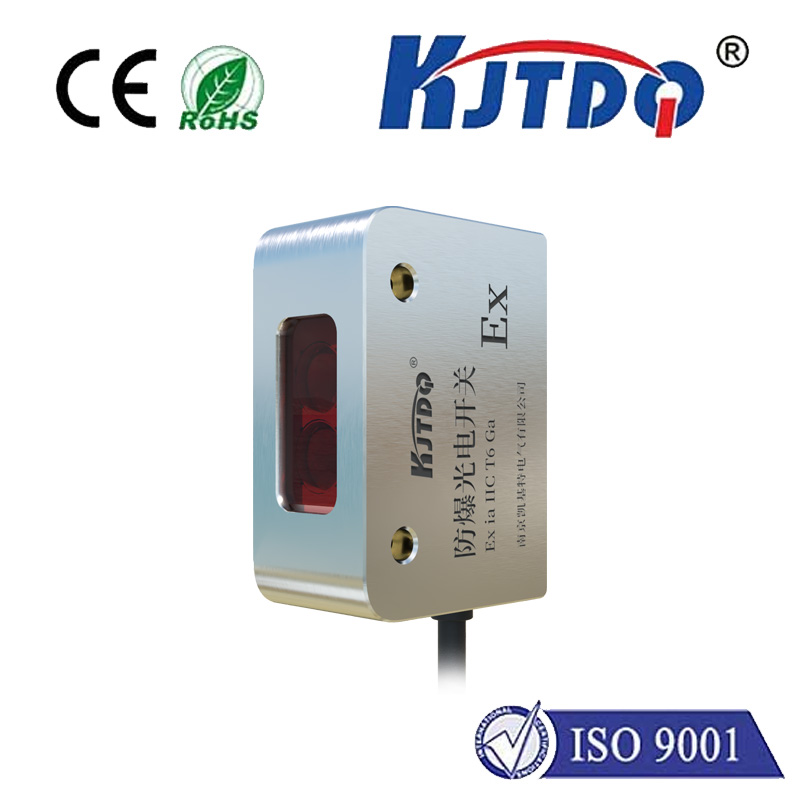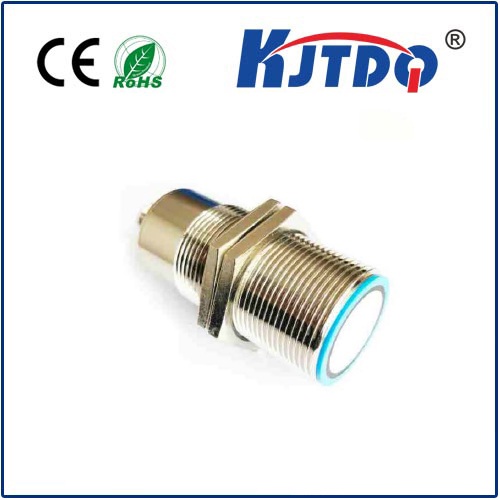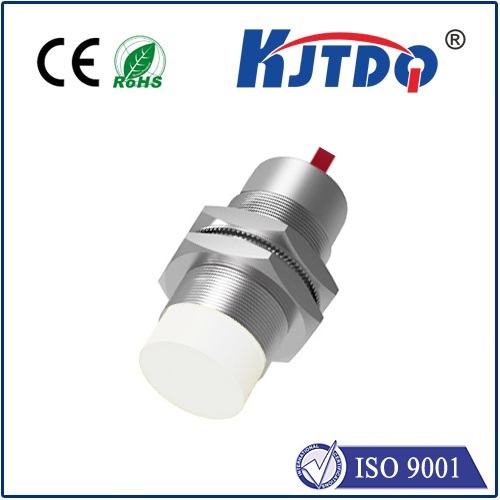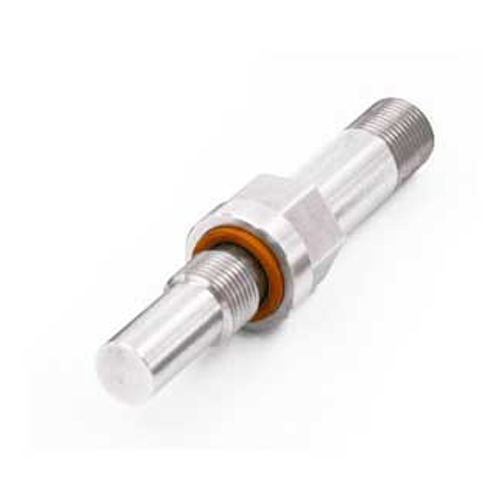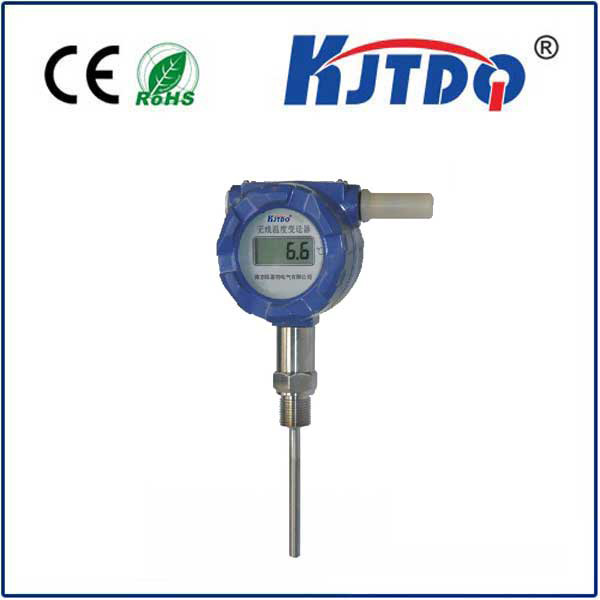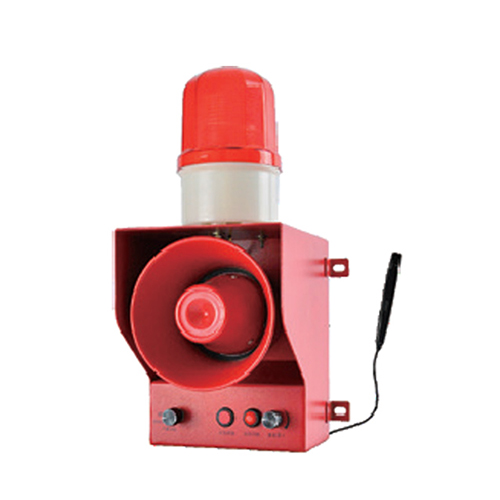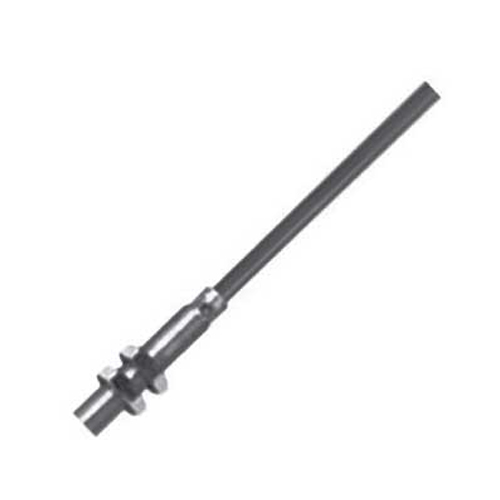

check

check

check

check
Imagine a high-pressure hydraulic system in a bustling manufacturing plant, where a sudden failure could trigger costly downtime or even safety hazards. In such demanding environments, precision detection without physical contact isn’t just a convenience—it’s a necessity. This is where the BES053C high pressure proximity sensor steps in, offering a groundbreaking solution designed to thrive under extreme conditions. As industries push toward smarter automation and stricter safety protocols, this specific sensor model has emerged as a game-changer, combining robust engineering with cutting-edge proximity technology to enhance operational reliability. By exploring its features, applications, and benefits, we’ll uncover why this sensor is rapidly becoming an indispensable tool across sectors like oil and gas, automotive, and heavy machinery.
To begin, let’s demystify what a proximity sensor entails. At its core, a proximity sensor detects the presence or absence of nearby objects using non-contact methods, such as inductive, capacitive, or magnetic fields. This eliminates mechanical wear and tear, boosting longevity in harsh settings. Now, add “high pressure” to the equation: it refers to environments with forces exceeding standard atmospheric levels, like those in hydraulic presses, pipeline systems, or pneumatic controls. Here, ordinary sensors often falter due to material stress or signal interference, leading to inaccurate readings and potential failures. The BES053C high pressure proximity sensor is engineered to overcome these challenges. With a rugged stainless-steel housing and IP67-rated protection, it withstands pressures up to 500 bar while resisting dust, moisture, and temperature fluctuations. Its inductive sensing mechanism ensures millimeter-perfect accuracy, even in fluid-filled or vibration-prone zones, making it ideal for critical monitoring tasks where reliability is paramount. For instance, in an automotive assembly line, it can detect robotic arm movements within hydraulic cylinders, preventing collisions and optimizing workflow—showcasing how this technology elevates both safety and productivity.

Delving into the unique attributes of the BES053C model, several features set it apart from generic alternatives. First, its compact design allows easy integration into tight spaces, a common need in complex industrial setups. Second, it boasts an extended sensing range and high switching frequency, enabling real-time responses to dynamic changes—vital in applications like valve control or leak detection. Third, the sensor incorporates advanced diagnostics, such as LED indicators for status alerts, which simplifies maintenance and reduces troubleshooting time. Unlike older units that degrade under stress, the BES053C’s robust construction ensures a long service life, cutting replacement costs by up to 30% in long-term operations. This durability stems from meticulous testing, including exposure to shock and chemical agents, confirming its efficacy in sectors demanding uncompromising performance. For example, in oil refineries, where high-pressure pipelines pose explosion risks, deploying this proximity sensor minimizes human intervention by automating shutdowns during anomalies. Such capabilities highlight why industries are increasingly adopting this model, viewing it not just as a component but as a strategic asset for risk mitigation.
Exploring applications across various fields, the versatility of the BES053C high pressure proximity sensor shines. In manufacturing, it’s pivotal for automated machinery, where it monitors tool positions in CNC mills or detects jams in conveyor belts, ensuring seamless production flow. Consider a bottling plant: if a bottle misaligns on a high-pressure filling line, this sensor triggers an immediate halt, averting spills and waste—a small step that saves thousands in downtime. Moving to the energy sector, oil and gas operations rely on it for subsea equipment monitoring, where pressures reach crushing depths. Here, the sensor’s ability to function flawlessly in marine environments prevents catastrophic leaks, enhancing both environmental compliance and worker safety. Automotive industries leverage it in engine testing rigs, where it verifies piston movements under simulated high-pressure conditions, contributing to more efficient vehicle designs. Even in renewable energy, such as wind turbine hydraulic systems, its proximity sensing capabilities ensure blades adjust smoothly without manual checks. Data shows that integrating the BES053C can reduce maintenance intervals by 25% and boost system uptime, proving its role in driving cost-effective, sustainable innovation. By weaving into these diverse scenarios, the sensor demonstrates how tailored proximity solutions address real-world pain points, from accident prevention to resource optimization.
The benefits of choosing the BES053C extend beyond technical specs to tangible operational gains. Enhanced safety tops the list: by enabling contactless detection in hazardous areas, it slashes accident rates—think of a chemical plant where manual inspections near high-pressure vessels are dangerous. Efficiency improvements follow suit; its rapid response minimizes lag in automated processes, increasing throughput by up to 20% in assembly lines. Financially, companies report a quick ROI, as reduced failures lower spare-part inventories and energy consumption. For instance, when installed in hydraulic lifts, the sensor’s precise monitoring cuts energy waste by maintaining optimal pressure levels. Additionally, its user-friendly setup—featuring M12 connectors and simple wiring—facilitates easy retrofitting into existing systems, making upgrades accessible without major overhauls. To maximize these advantages, selecting the right model involves considering factors like ambient pressure ratings and output types (e.g., NPN or PNP), but resources from manufacturers provide clear guidance for seamless integration. Ultimately, the BES053C high pressure proximity sensor isn’t just another industrial gadget;
